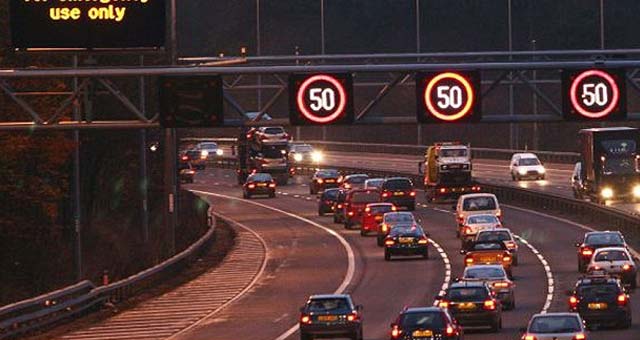Can Lower Motorway Speed Limits Reduce Emissions?
Concerns about the environment have made many people think about their current mode of transportation. These issues have reached governments as well as other jurisdictions as they look at options that improve conditions without causing significant changes for drivers. Altering speed limits has become a popular topic for reducing emissions. Several considerations may indicate the answer to this current idea.
Consistent Speed Limits
Studies have shown that maintaining a consistent speed limit can be beneficial when attempting to reduce CO2 conditions. A lower speed that accommodates straight roads as well as those with various curves will allow drivers to prevent constant changes that can lead to more emissions being produced during travel. In some situations, consistently lower speed limits also encourage safer driving options while preventing accidents.
Less Acceleration and Braking
Acceleration, as well as any type of braking, contributes to more emissions being released. Both considerations require more fuel which produces this excessive amount of pollution. At slower speeds, drivers will find fewer situations that require either option. This step can prevent many accidents which add to congestion. The United States Environmental Agency recommends this strategy in several reports, including Sources of Greenhouse Emissions. According to the agency, an overall policy of improving operating practices includes monitoring acceleration and braking.
Reduced Fuel Consumption
The amount of fuel used by a vehicle directly influences emission rates. Fuel efficient cars work well under these circumstances. Their performance levels usually come from engines that encourage slower speeds at all times. Popular models combine a wide range of features. One of the top vehicles in this category is the Toyota Prius. This selection includes a 1.8 liter engine and can reach 50 mpg. Another top choice is the Nissan Leaf which is an electric vehicle that does not require gas. Vehicles that are hybrids or run on other sources of fuel such as electricity present the best option for reducing emissions.
Encourages Public Transportation
Lower speed limits may encourage more drivers to seek other transportation options. Public transportation reduces emissions as fewer vehicles are used in daily situations. Shorter daily commutes encourage travelers to find apartments or houses closer to their work locations. This consideration was another topic covered by the United States Environmental Protection Agency in several studies. The Federal Transportation Administration’s study, Public Transportation’s Role in Responding to Climate Change also addresses the topic.
According to a University of California Berkley study, titled Reducing Greenhouse Gas Emissions and Fuel Consumption: Sustainable Approaches for Surface Transportation by Susan Shaheen and Timothy Lipman, “Transportation is a major contributor of carbon dioxide (CO2) and other greenhouse gas emissions from human activity, accounting for approximately 14 percent of total anthropogenic emissions globally and about 27 percent in the U.S.” The choice to lower speed limits for reduced emissions has become an important topic among many authorities. For many reasons, this decision brings advantages as well as disadvantages concerning emissions. Further studies and more consultation with experts in fields such as environmental sciences may also be necessary before any changes to current limits.
This article was brought to you by Car Finance 247.






